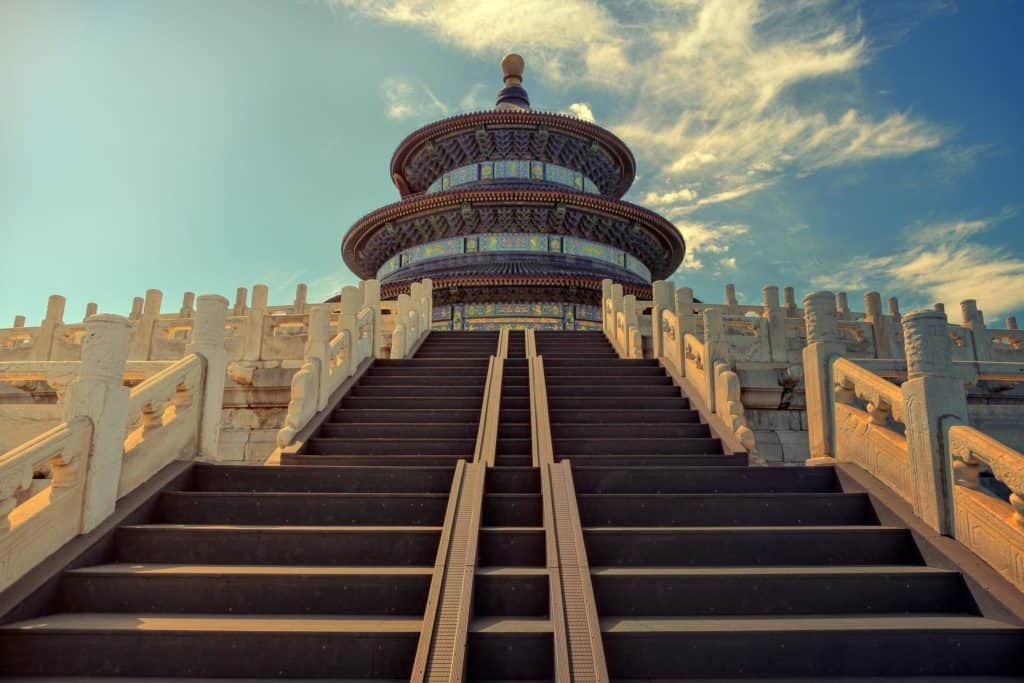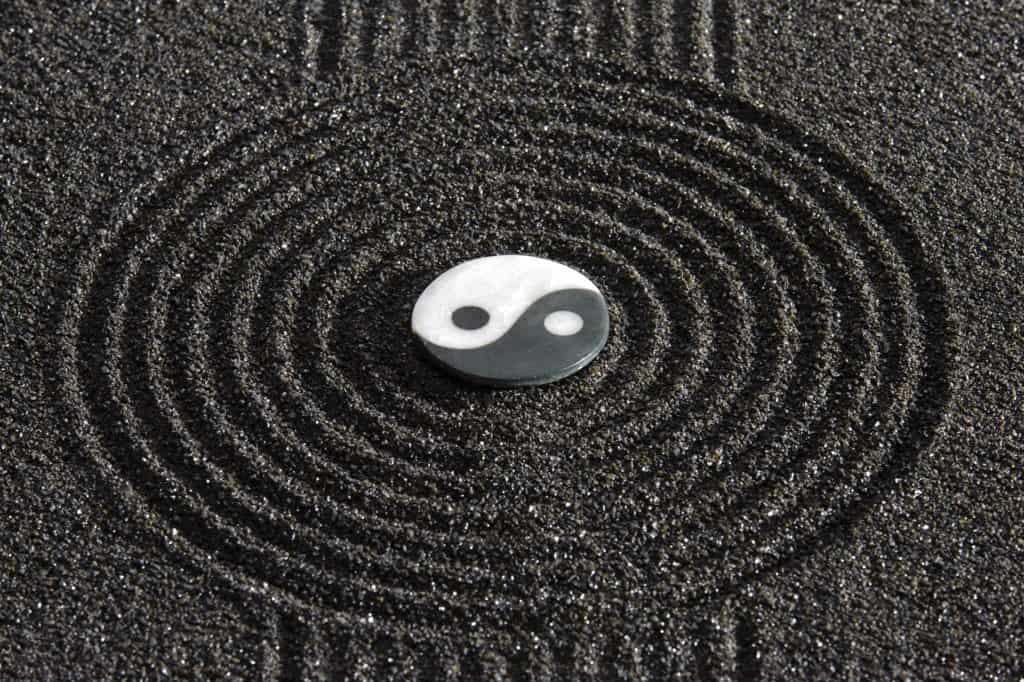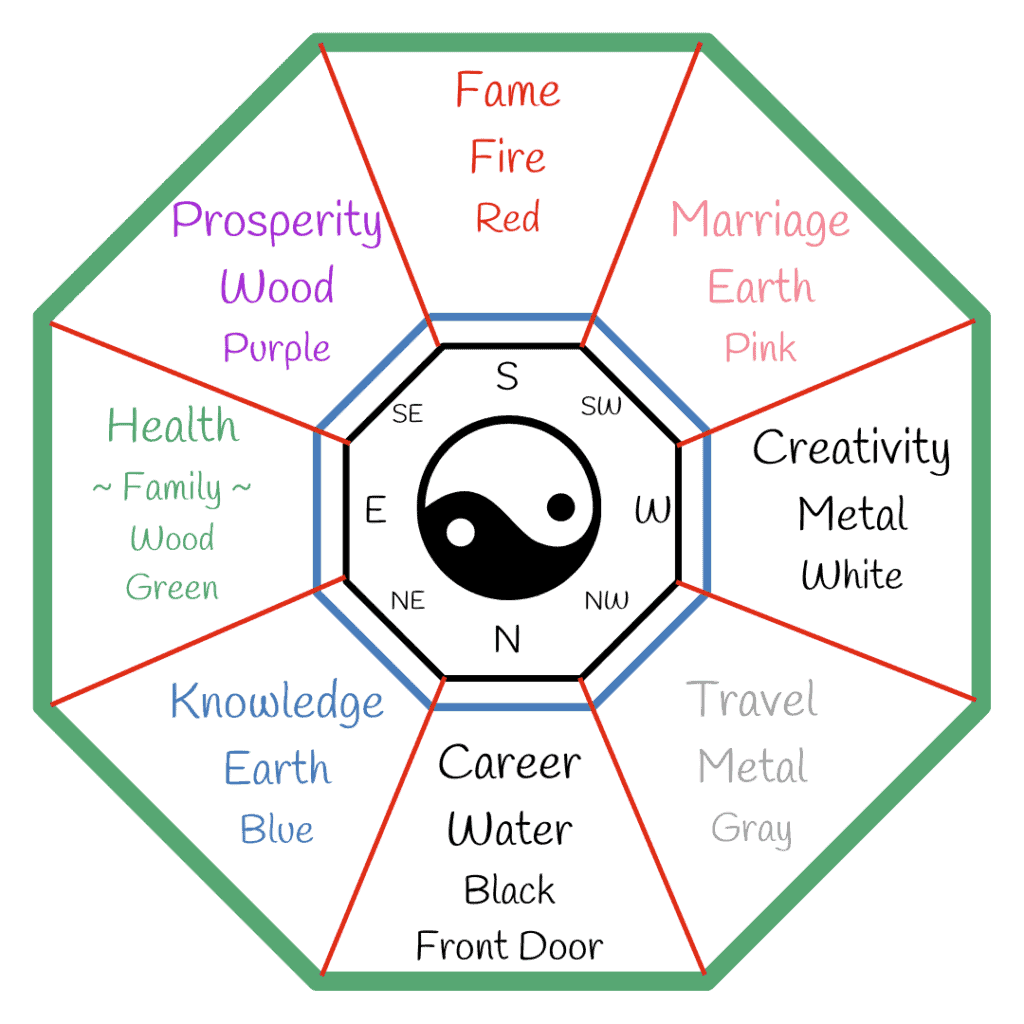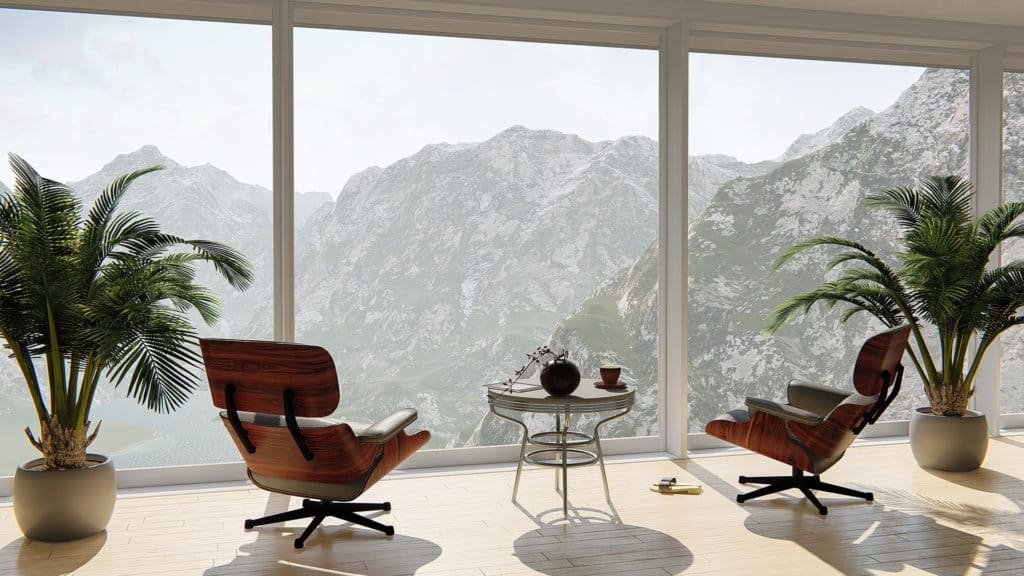Image by EllenPhillips.org
It seems everyone has heard of Feng Shui, but do you really know what Feng Shui is?
The internet is packed with blogs, websites, and tutorials addressing the elements of Feng Shui. Unfortunately, the practice of Feng Shui has become very watered down into something that sits on the shelf and sells for profit.
I use the techniques of Feng Shui extensively when designing homes. Using the principles to create spaces that feel balanced and orderly, my interiors have sold countless homes for many builders. In understanding the psychology of marketing, the elements of Feng Shui are not just a nice addition but wholeheartedly essential to my job.
But the concepts of Feng Shui can be a bit convoluted. So let’s look at some of the basics. Once you understand the core principals, it is easy to put this in a practical application.
The History Of Feng Shui
The main reason there is so much confusion on this subject is that this is an exceptionally old concept, subject to multiple cultures and interpretations.
The basis of Feng Shui can be found in undocumented theories of the ancient Chinese cultures dating back over 6000 years. Evidence points to early civilizations in China, and even India, where applications of Feng Shui were applied to ancient architecture.

Image by jplenio
In China, the original concepts of Feng Shui were used to mark gravesites to “protect the owner’s offspring and bring them peace”. The earliest examples of Feng Shui applications involved a mixture of science, art, astrology, and astronomy. It was a very mathematical practice used by the most scholarly of architects.
One of the finest examples of Feng Shui can be found in the construction and layout Great Wall of China!
While the oldest written Feng Shui documentation we have is from around 960BC, many practices that we use today date from the time of Confucius, 6th century BCE.
Eastern vs. Western Feng Shui Philosophies
In the latter part of the 20th century, Feng Shui in America enjoyed immense popularity. This is what is referred to as Western Feng Shui. Unfortunately, it is more like Feng Shui Extra Lite.
The design field became overrun with pseudo-designers who peddled the concepts of Feng Shui and turned it into a booming business. People laid out thousands of dollars to hear where they needed to place a plant and how many lemons to put into a jar just to bring prosperity to their doorstep. It was a booming business.
The principals and directives of Western Fung Shui are completely watered down in favor of a cool, trendy, profitably concept. It also reflects almost solely on the idea that good Feng Shui will bring you wealth. While the idea is fun and really doesn’t hurt anyone, it isn’t what Feng Shui is all about.
The original Eastern philosophies focus on well-being in your living space, and not on the money aspect. For many, that is the line, (or circle), in the sand.

Image by 18121281
There needs to be a connection with the earth and with nature. If you are not looking at that, you are missing the point.
That said, Feng Shui should be dealt with at an architectural level, not just from interior point of view. How a house is positioned on a lot and where it is in relationship to the surrounding nature is crucial.
I have walked through countless doorways only to shudder at the challenging Feng Shui of a home. A few times, we have not purchased homes because the Feng Shui of the architecture was so bad.
Learning To Use A Bagua
No solid understanding of Feng Shui is complete without an understanding of the bagua.
The term bagua in Chinese literally translates to “eight areas” and refers to the eight areas of your space as broken down into elements. From there, it further describes how to address or emphasize specific issues within those spaces.
While there are elements of the architectural space that can be helped with Feng Shui at the interior level, the bones of the building should really be the focus.
This is where the bagua comes in.
There are two ways to use a bagua. The most common is the literal overlay. If you have a floorplan of your home, room, or whatever space you are looking at, you will place the bagua over the top and relate the areas of your space to each of the 8 areas of the bagua (also known as guas).
The door to the space and the career gua will be lined up. This is following the Black Hat Sect concept of Feng Shui and is the more contemporary practice.
The second way is to line up the literal North, South, East, and West with the location of your home & proceed from there. This is not the preferred method, but I have heard of some designers using a bagua this way. This is following the classical (or traditional) concept of Feng Shui and typically the bagua will be in a rectangular shape instead of an octagon.
So what does this overlay tell you? Look at each of the areas of the bagua and this is the element for that area of your space.
Now, if you have a bathroom in your prosperity corner that would be bad for sure. The bagua gives you elements and colors that you can use help to minimize the negative effects of that.
Remember that fundamentally, the concept of Feng Shui is meant to bring harmony and balance to your life. Many people believe that with this balance you will find prosperity.
Personally, I do not follow Feng Shui simply for increased wealth or good luck. However, I do find a certain serenity, order, and peacefulness when applying the principals to my interiors. While, yes, I have a prosperity vignette in my home, the elements of Feng Shui I use go far beyond that.
Understanding The Chi
My blog is called Sand and Chi acknowledging the chi aspect of Feng Shui.
Chi, (also spelled as Qi), is defined as the positive energy that can flow in and out of a space. We definitely want positive chi in our homes.
It is said that the chi will always come in through a door and it will leave through a window. The objective of good Feng Shui is allowing the chi to come into your home and flow through naturally and take its time before it leaves.
If you have a front door and it is facing a window, you need to be sure the chi does not pass straight through and leave right away. So how can you do this? You can interrupt the chi’s path by adding a piece of furniture or a beautiful bouquet of flowers, or some element that will interrupt the flow. Force the chi go around and even meander into another room before it leaves through the window.
When I was in design school, I had an instructor who really cemented this concept for me. She explained the chi as if it was a sound wave coming through your front door. Good Feng Shui will allow the chi to move through and experience all of the rooms and spaces. Without any obstructions or barriers, it will gently leave through the window.
If you can picture that and try to allow the energy of the chi to pass through all of the areas in your home, the energy in your space will flourish.

Image by Jiradet Inrungruang
You also need to be aware that as you are allowing the chi to flow through your home, you need to remove anything that may create negative space. These can be items that are broken or things that are no longer useful in your life. If you look at those descriptions, they lead to decluttering. Which is why Feng Shui and minimalistic lifestyles go hand-in-hand.
I hope these simple basics bring some light in to the somewhat convoluted description of Feng Shui. I also hope it helps you to understand how adding Feng Shui to your interiors can help lead to a more peaceful lifestyle.



